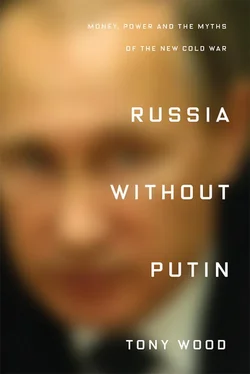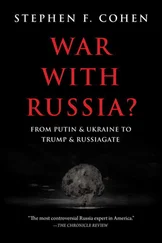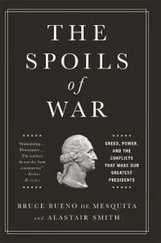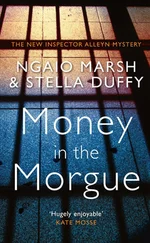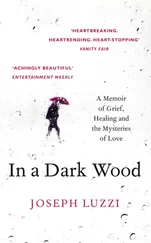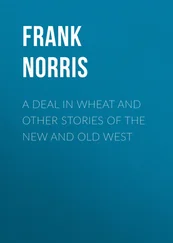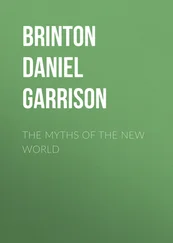The centrifugal momentum continued even after Kozyrev’s removal in 1996 brought a change of direction in Russian foreign policy. The disasters of ‘shock therapy’ had undermined Yeltsin’s popularity and boosted the electoral fortunes of the Communists and nationalists in the 1993 and 1995 Duma elections. They also drained what little support there had been for the Westernizing line. Kozyrev’s replacement, Evgeny Primakov, a Middle East specialist and former spy chief, represented a rather different school of thought – a statist tendency that aimed not to join the West but to balance against its overweening power. The recalibration of policy meant cultivating ties with East and South Asia and the Middle East, and reconnecting with Russia’s former Soviet neighbours in the hopes of forming a regional support base. {12} 12 Tsygankov gives a thorough account of this in Russia’s Foreign Policy , pp. 97–130.
Yet this still did not represent a fundamentally anti-Western orientation: even if the goal was to revise the terms on which Russia engaged with the West, that engagement remained the central focus of policy.
Primakov’s new course certainly proved more popular than Kozyrev’s, and he continued it during his brief stint as prime minister in 1998–99. But its success was premised on the West’s willingness to treat Russia as an equal on the world stage, as something like the great power it no longer was. This was a delusion the US and its allies were not prepared to share. The fundamental fact of the post-Cold War order, after all, was the colossal imbalance between the US and all other powers. With less than 5 per cent of the world’s population, by the mid-1990s the US accounted for a quarter of its total economic output, a fifth of its manufacturing, and two fifths of its military spending – in dollar terms committing more to its armed forces than the next eleven highest-spending countries combined. {13} 13 Data from Tsygankov, Russia’s Foreign Policy , p. 106, Table 4.3 and SIPRI database.
Flushed with Cold War victory and now holding uncontested sway over the globe, the lone superpower had a free hand to remake the international order as it saw fit. A crucial component of the strategic design that took shape in the first half of the 1990s was a bid to nail down Washington’s new advantage by extending NATO eastward, to the former Soviet satellites of Eastern Europe. This project shaped the foreign-policy environment in which Russia has had to operate ever since, so it is worth delving further into its origins and the motivations behind it.
The idea of expanding NATO was already in the air even before the Soviet Union fell apart – despite assurances given to Gorbachev by several Western leaders that ‘nothing of the sort will happen’. [13] The words of British Prime Minister John Major. According to declassified documents published in 2017, similar assurances were given to Gorbachev by US Secretary of State James Baker – using the now famous formula ‘not one inch eastward’ – as well as by German Chancellor Helmut Kohl and his Foreign Minister Hans-Dietrich Genscher, French President François Mitterrand, and NATO Secretary-General Manfred Woerner. See Svetlana Savranskaya and Tom Blanton, ‘NATO Expansion: What Gorbachev Heard’, National Security Archive Briefing Book , No. 613, 12 December 2017.
The organization’s London summit of July 1990, for example, issued an invitation to the Warsaw Pact countries to begin diplomatic exchanges. But the policy only gathered real momentum under the Clinton administration, coalescing as a priority by 1993–94. {14} 14 For a blow-by-blow description of how the NATO enlargement policy unfolded, see James Goldgeier, Not Whether But When: The US Decision to Enlarge NATO , Washington, DC 1999.
Its main proponents within the administration saw it as very much part of a politico-economic project to reshape Eastern Europe along liberal capitalist lines. {15} 15 For a sharp and highly prescient analysis of the implications of NATO enlargement, see Peter Gowan, ‘The Enlargement of NATO and the EU’, in The Global Gamble: Washington’s Faustian Bid for Global Dominance , London and New York 1999, pp. 292–320.
In September 1993, Clinton’s national security adviser, Anthony Lake, announced that ‘we have arrived at neither the end of history nor a clash of civilizations, but a moment of immense democratic and entrepreneurial opportunity… The successor to a doctrine of containment must be a strategy of enlargement – enlargement of the world’s free community of market democracies.’ {16} 16 Address to Johns Hopkins School of Advanced International Studies, 21 September 1993, quoted in Goldgeier, Not Whether But When , p. 38.
In this neo-Wilsonian vision of an expanding free-market Pax Americana, the prospect of NATO membership was a means of pressuring East European governments to keep up the pace of ‘reform’; indeed, first among the ‘Perry Principles’ laid down for would-be NATO members at the time by US defense secretary William Perry was a commitment to ‘democracy and markets’, with ‘defence of other allies’ much further down the list. {17} 17 Goldgeier, Not Whether But When , pp. 94–5.
Though it has often been presented since as a response to a ‘Russian threat’, NATO expansion was entirely premised on Russian weakness. As James Goldgeier put it in his 1999 book on NATO enlargement, Not Whether But When , ‘the possibility that Poland or the Czech Republic would actually need defending seemed remote’. {18} 18 Goldgeier, Not Whether But When , p. 142.
The USSR’s implosion and the ensuing traumas of transition instead allowed the West to move into the strategic vacuum left in the region. Clinton himself pointed to this logic in December 1994, declaring at the OSCE’s Budapest summit that ‘we must not allow the Iron Curtain to be replaced by a veil of indifference. We must not consign new democracies to a grey zone’. {19} 19 Quoted in Goldgeier, Not Whether But When , p. 88.
That May, former national security adviser Zbigniew Brzezinski had called for ‘the potentially destabilizing geopolitical no man’s land between Russia and the European Union’ to be ‘promptly fill[ed]’. {20} 20 Zbigniew Brzezinski, ‘Normandy Evasion’, Washington Post , 3 May 1994.
During the Cold War, the two sides had been separated across much of Europe’s breadth by unaffiliated or neutral countries, from Finland and Sweden through Austria and down to Yugoslavia. After 1991, no such buffer zone was necessary.
The fact that NATO expansion could be disconnected from any actual military risks no doubt smoothed its way among policymaking elites in Washington. There was, to be sure, opposition from prominent figures: George Kennan, the original architect of ‘containment’, called it a ‘fateful error’; Thomas Friedman, holding forth in the pages of the New York Times , worried it would imperil efforts to prevent nuclear proliferation. {21} 21 George Kennan, ‘A Fateful Error’, New York Times , 5 February 1997; Thomas Friedman, ‘NATO or Tomato?’, New York Times , 22 January 1997, ‘Bye-Bye NATO’, New York Times , 14 April 1997, ‘Foreign Affairs; Now a Word from X’, New York Times , 2 May 1998.
There were concerns, too, that overly aggressive moves by the US to benefit from Russia’s weakness now might produce a backlash there later – that a punitive post-Soviet Versailles settlement might produce a revanchist Russian nationalism. Yet these considerations were overpowered by two other motivations. One was precisely the chance to wrest Eastern Europe out of Moscow’s orbit for good. Unlikely to come around again, it was simply too good an opportunity to pass up – especially since many of the new governments in Eastern Europe were themselves keen to join.
Читать дальше
